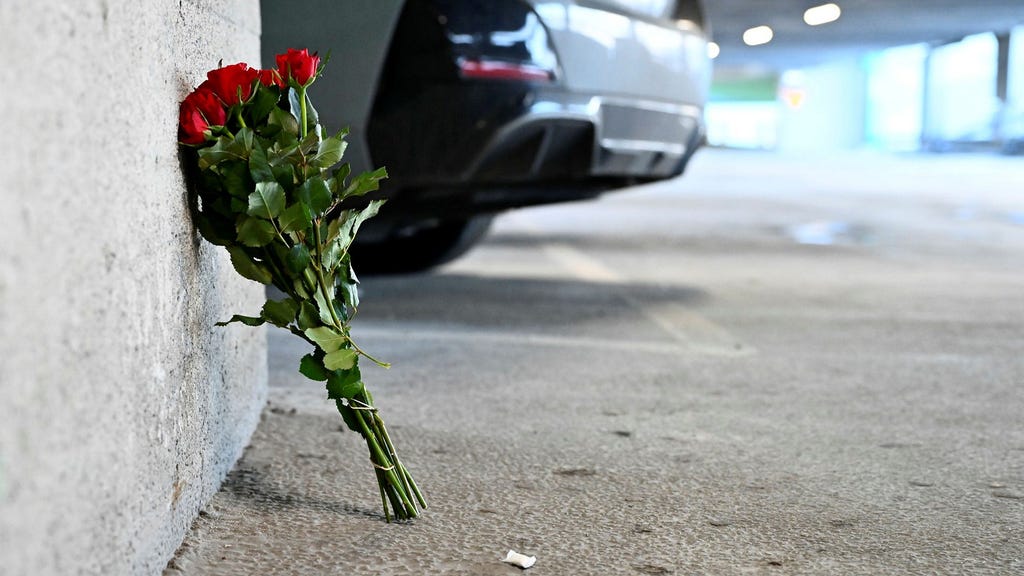A 20-year-old was shot dead in a parking garage in Norrköping, Sweden. A video purportedly depicting the act has been widely circulated on social media. While the police haven’t confirmed the video’s authenticity, it has been verified that the footage was filmed in the same parking garage where the suspected murder occurred. The video seemingly shows the perpetrator filming their own hand holding a firearm, subsequently firing multiple shots at a person lying on the ground.
Criminologist Sven Granath points to two primary reasons why perpetrators film their crimes. Firstly, it serves as proof of the act for those who commissioned it, acting as a receipt for the completed deed. Secondly, the recording acts as a trophy, allowing the perpetrator to boast about the act and impress others. This ”trophy mentality,” as Granath calls it, is more prevalent in unplanned acts of violence and among younger perpetrators. He draws a parallel with other behaviors common among younger individuals, such as filming parties, suggesting a tendency towards documentation and sharing within this demographic. Older individuals, Granath observes, are generally less inclined to engage in such behavior.
Regarding the potential self-incrimination of filming such acts, Granath acknowledges the apparent contradiction. He suggests that perpetrators may underestimate the likelihood of the video’s widespread distribution or may simply prioritize the immediate gratification of recording the event over the potential long-term consequences. He likens this to the inherent human difficulty in maintaining secrecy, a phenomenon observed even decades ago. Historically, perpetrators might have taken a physical token from the victim – a necklace, a shoe, or even a body part – as a trophy. Similarly, proof of a contract killing in the past might have taken the form of a photograph. The video recording, in this context, represents a modern-day equivalent of these practices.
While the video could be interpreted as a display of power and a threat to potential rivals, Granath downplays this theory. He believes the perpetrators’ identities would likely become known regardless of the video’s existence, rendering such a display somewhat redundant. Former police officer and current commentator, Nadim Ghazale, expressed his dismay at the video’s circulation among children, including his own 11-year-old son. However, he doesn’t consider this phenomenon new, noting he observed similar videos starting around four years ago in his role as a community police officer.
Ghazale describes these videos as a showcase for criminal networks, a form of self-promotion and recruitment tool. He finds this particular video particularly disturbing, likening it to a video game due to its detached and calculated nature. He emphasizes the chilling level of premeditation and planning evident in the filming process, something he hasn’t witnessed before. Ghazale confirms that law enforcement is aware of the use of such videos for public relations and recruitment purposes within criminal circles.
Johan Qvartoft, deputy local police area chief, refrains from speculating on the motivations behind filming such crimes and declines to comment on specific details within the video. He emphasizes the potential legal ramifications for those who share such material. Distributing content depicting someone in a vulnerable situation can constitute unlawful invasion of privacy or defamation. While the police investigate and report such instances, the ultimate determination of criminality rests with the courts. This particular incident raises concerns not only about the violence itself but also about the subsequent dissemination of the graphic content and its potential impact, particularly on young viewers. The incident highlights the evolving nature of criminal behavior in the digital age and the challenges faced by law enforcement in addressing these new forms of documentation and dissemination.














